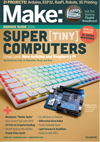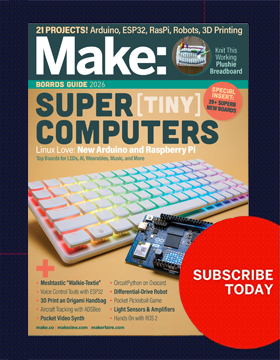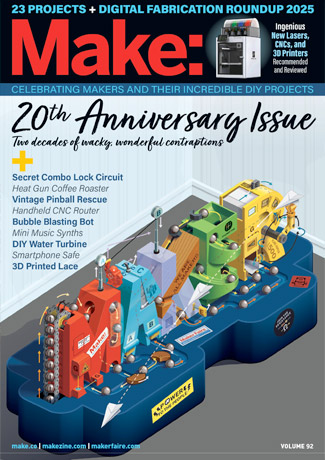
One medical maker’s journey from possibility to production

Makers often look at a problem and think, I can fix that. But not many follow through to the point of creating a business, especially in a highly regulated industry. Diana Hall pulled off that sequence in about a year after recognizing a problem potentially solvable with a 3D printer.
It started when Hall was volunteering for an organization that supported children who were victims of abuse. Some of these children had broken bones, and often were in temporary living situations where hygiene was a problem. Their plaster casts got wet and dirty, leading to other health issues.
She wondered if 3D-printed casts would be a possibility. Trained as a chemical engineer, with an MBA and professional software experience, she knew just jumping into manufacturing was unlikely to be a feasible (or legal) option. After some discussions with a doctor also working with the children, she called the FDA to determine the regulatory requirements.

Making a medical device
Hall learned that a 3D-printed orthopedic cast would be considered a medical device, unlike plaster casts which were considered simply a process that a person could be licensed to perform. This was a significant change from the existing regulatory environment. After about a year of working through this thicket, this result was the ActivArmor cast.
Although the devices look simple, there are many challenges. “You have to consider biocompatibility,” Hall says. “That means it won’t be reactive to the skin. And there are ISO certifications, for example ISO 10993-5, which is the cytotoxicity test. They have to be done for medical devices both before and after manufacturing of the device.”

But for 3D printing, it’s challenging to do that, particularly if every single design is custom, even varying in how strong they need to be. That meant that each device had to be made by an approved process and facilities, using tests and standards worked out with regulatory bodies.
To create each custom cast, first a scan is made of the patient’s injured body part, using ActivArmor’s phone app. Then the device is created by an ActivArmor provider using the company’s proprietary software, which has been a crucial invention. The cast can be locked on, or not, depending on whether the patient is allowed to remove it.
The material has to be not just biocompatible but also non-porous, so that customers can bathe, swim, and live fairly normally, versus a traditional cast that can’t get wet. To accomplish that, the casts need to be post-processed to remove layer lines. If you’re a 3D printing person, you know that the conditions in the room and even the batch of filament can affect the outcome, so ActivArmor and its providers need to manage those variables. And there are more issues in the case of a cast, such as transparency to X-rays.
Managing success

As ActivArmor approaches its 10th anniversary, managing growth and maintaining regulated quality keeps Hall busy. She has also had to overcome an impression that 3D printing is a process that remains hobbyist-level. Early adopters may have tried medical 3D-printed products that lacked the investment and evolution Hall’s enterprise has put into theirs.
And naturally, medical technicians who make casts now are nervous about the change. Hall says, “What I’m telling them is that this is going to make your job easier, faster, more efficient, and your quality is going to go up. And your patients are going to be happier!” Printed casts will evolve these jobs, she says, but not eliminate them.

As a solo female founder, Hall has had her share of dismissive potential collaborators. When going into a meeting with advisors, she says, everyone would automatically focus their attention on the tallest male walking in with her. But she enjoys watching them shift to her when they realize she knows what she’s talking about.
“The more we as women prove that it’s not about what we look like,” Hall says, the less frequently those assumptions will be made. She hopes that instead people will enter a meeting thinking, “OK, let’s see who this person is.”
Why has Hall stuck with the turmoil of starting such a challenging business, instead of a stable engineering career? “You make sacrifices in your life. But I also get to get up every morning and help people, and make a difference, and do something that I feel inspired to do.” Some days she’ll be ready to throw it all in, she says, but then, “One mom will send me a picture of a little girl on the beach and a note that says, ‘Hey, look, you saved our summer.’ And then I’ll be like, OK, fine. And back to work!”

Photos by ActivArmor
This article appeared in Make: Vol. 88. Subscribe to Make: for more great articles.
ADVERTISEMENT





